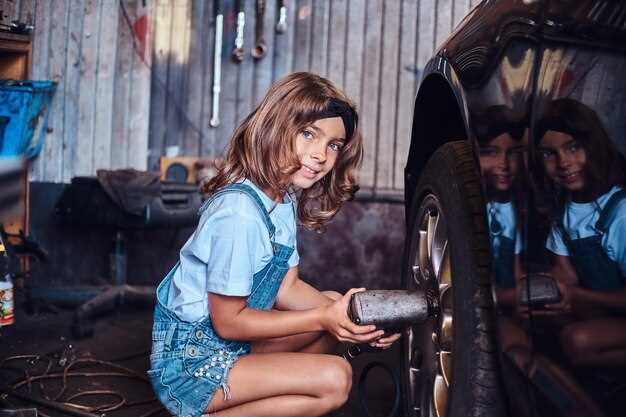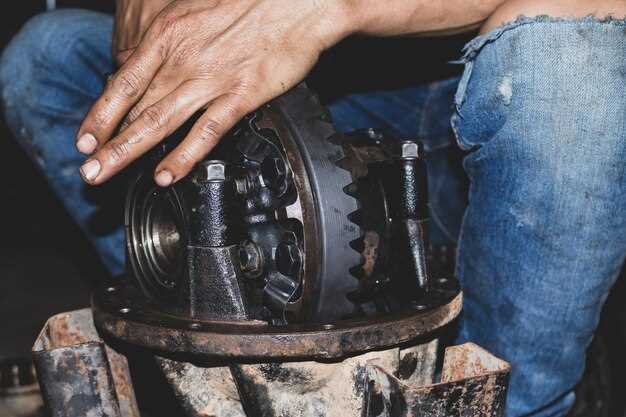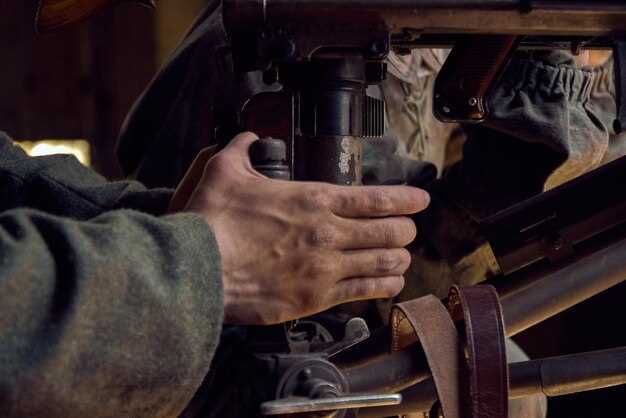

Rebuilding a classic engine is a rewarding endeavor that allows car enthusiasts to connect with the history of their vehicles while enhancing their performance. This comprehensive guide will walk you through the intricate process of rebuilding an engine from the ground up, ensuring that you’re equipped with the knowledge and skills necessary to breathe new life into your cherished classic car.
Whether you are a seasoned mechanic or a passionate hobbyist, this step-by-step approach will demystify the complexities involved in an engine rebuild. Each section will cover essential topics, including the tools you’ll need, the parts to examine, and various techniques to ensure a successful outcome. By the end of this guide, you will not only have a deeper understanding of your engine’s inner workings but also a sense of accomplishment that comes from restoring a piece of automotive history.
From disassembly to reassembly, every phase of the rebuild is crucial to achieving optimal performance and longevity. Classic cars often hold significant sentimental value, and with this guide, you can ensure that your engine not only runs smoothly but also retains its original character. Join us on this journey as we explore the art and science of engine rebuilding, transforming an aged powerhouse into a reliable classic on the road.
Choosing the Right Tools and Parts for Your Classic Engine Rebuild
Rebuilding a classic engine requires careful selection of tools and parts to ensure the best outcome. Investing in quality components not only enhances performance but also prolongs the life of the engine. Here’s a comprehensive guide to help you choose the right tools and parts for your classic engine rebuild.
Essential Tools

Before you dive into the rebuild process, ensure you have the following tools on hand:
- Socket Set: A complete metric and SAE socket set will allow you to work on various fasteners with ease.
- Torque Wrench: This tool is crucial for applying the correct torque to bolts, preventing engine damage.
- Engine Hoist: Use an engine hoist for safely removing and reinstalling the engine from the vehicle.
- Engine Stand: An engine stand provides stability while you rebuild, making tasks more manageable.
- Measuring Tools: Calipers and micrometers are essential for checking tolerances and ensuring precision in your rebuild.
Choosing Quality Parts
Selecting the right parts is critical for achieving a successful rebuild. Consider the following components:
- Pistons: Choose pistons that are compatible with your engine’s specifications. Look for reputable brands that offer durability and performance.
- Gaskets: Invest in high-quality gasket sets to prevent leaks. Pay attention to the material, as it affects longevity and seal performance.
- Bearings: Opt for premium bearings that match the crankshaft and connecting rods to ensure smooth operation.
- Cams and Lifters: Selecting the right camshaft can enhance performance. Research options that suit your engine’s intended use.
- Fuel System Components: Upgrading fuel injectors and pumps can significantly improve engine efficiency. Ensure compatibility with your classic engine.
Where to Buy Parts
Finding reliable sources for parts is key to a successful rebuild:
- Specialty Shops: Local performance shops often carry parts specifically designed for classic engines.
- Online Retailers: Websites like Summit Racing and JEGS offer a vast selection of parts, often with customer reviews to guide your choices.
- Classic Car Shows: You can find vendors selling parts and offering advice based on extensive experience with classic vehicles.
By carefully selecting the right tools and parts for your classic engine rebuild, you can ensure a smooth and successful restoration process. Quality components and reliable tools will yield better results and a more enjoyable driving experience once the rebuild is complete.
Step-by-Step Process for Disassembling and Inspecting the Engine

Disassembling a classic car engine is a critical step in the rebuild process. Begin by ensuring you have a clean and well-organized workspace. Gather all the necessary tools, including wrenches, sockets, screwdrivers, and a torque wrench, along with a service manual for your specific engine model.
Start by removing the engine from the vehicle. This may involve disconnecting battery cables, draining fluids, and detaching various components such as exhaust manifolds and cables. Once the engine is out, you can begin the disassembly process.
Begin with the external attachments. Remove the air cleaner, carburetor, and intake manifold. Keep track of all fasteners by placing them in labeled containers to avoid confusion during reassembly. As parts are removed, inspect them for any wear or damage, taking note of any components that may need replacement.
Next, detach the valve covers, timing cover, and oil pan. This will allow you to access the internal components of the engine. Carefully take note of the state of the gaskets and seals, as these parts are crucial for engine integrity when rebuilding.
Proceed to remove the cylinder head by loosening the head bolts in a specific order, usually following a crisscross pattern to prevent warping. Once the head is off, you will gain access to the cylinders and pistons. Inspect the cylinder walls for scoring, rust, or pitting, which can indicate the need for a bore or sleeve replacement.
Next, remove the pistons from the crankshaft. Carefully disconnect the connecting rods and slide each piston out, ensuring you do not damage the rings. Evaluate the piston wear and check the ring gaps to determine if replacement is necessary.
With the pistons out, focus on the crankshaft. Inspect it for journals’ wear and scoring, which may indicate the need for polishing or grinding. Pay close attention to the bearings and oil passages as well, as these are vital for proper oil distribution in a rebuilt engine.
Finally, closely examine the remaining components, such as the camshaft and timing system. Check for wear on lobes and rollers, which can affect engine performance. Taking detailed notes during disassembly and inspection will help you make informed decisions on the parts that require replacement and those that can be reused in your classic car engine rebuild.
Tuning and Finalizing Your Classic Engine for Optimal Performance
Tuning your classic car engine is a crucial step in ensuring it delivers optimal performance. After the rebuild, the engine requires careful adjustments to enhance power, efficiency, and drivability. Start by ensuring that all mechanical components are in excellent condition and working harmoniously.
Begin with the ignition system. Upgrade to a high-performance ignition coil and ensure the spark plugs are correctly gapped. This will improve combustion efficiency, leading to better throttle response and more power. Check the timing and adjust it according to the manufacturer’s specifications or use a timing light for precision.
Next, focus on the fuel delivery system. Consider upgrading to a performance carburetor or fuel injection system if applicable. Optimize fuel mixture by fine-tuning the air-fuel ratio. A leaner mixture can enhance fuel economy, while a richer mixture can increase performance, but be careful to avoid engine damage.
Assess the exhaust system for optimization. A free-flowing exhaust can significantly improve engine performance. Consider upgrading to high-performance headers and a less restrictive exhaust system to enhance horsepower and torque.
After making these upgrades, perform a thorough dyno test. This will help you measure the engine’s performance characteristics and identify areas needing further adjustment. Use the data to refine settings like jet sizes in the carburetor or air intake modifications.
Finally, don’t neglect the cooling system. Ensure that your classic engine maintains optimal temperatures under load. Install a high-flow water pump and consider an upgraded radiator to prevent overheating during extended driving sessions.
By meticulously tuning and finalizing your classic car engine, you ensure not just a return to its former glory, but an enhancement in performance that brings a thrilling driving experience.






